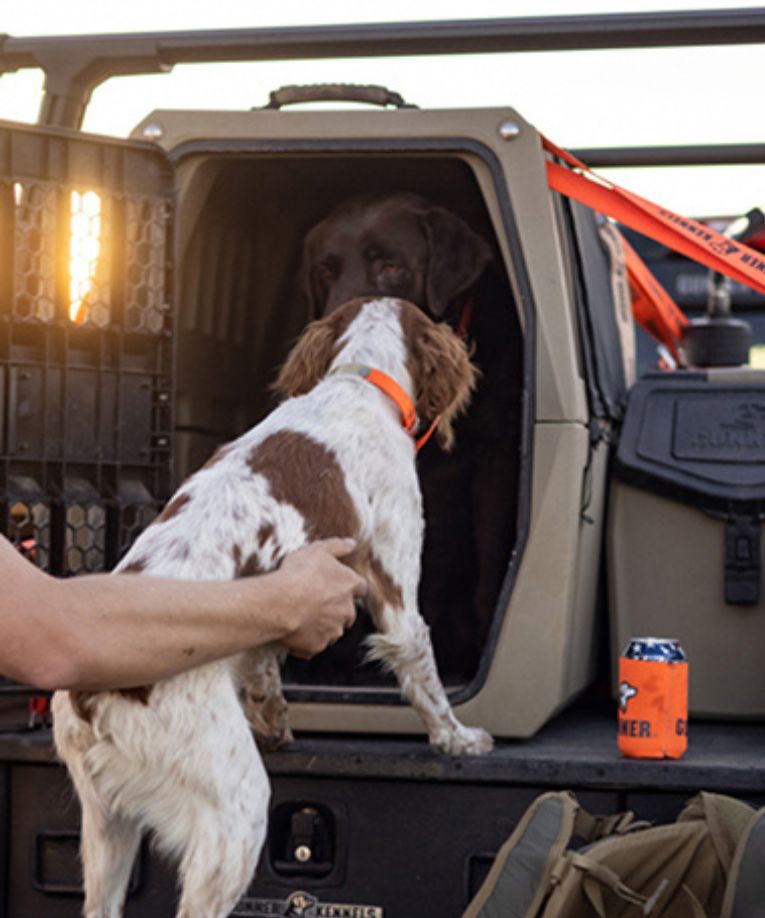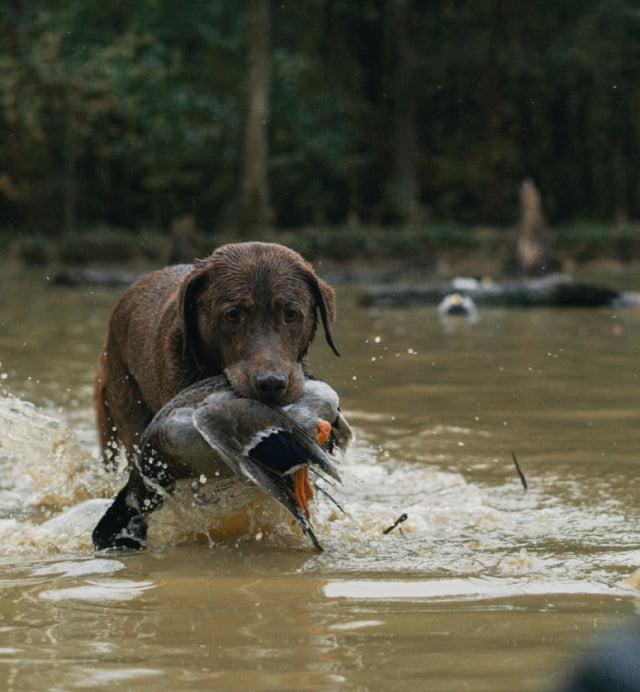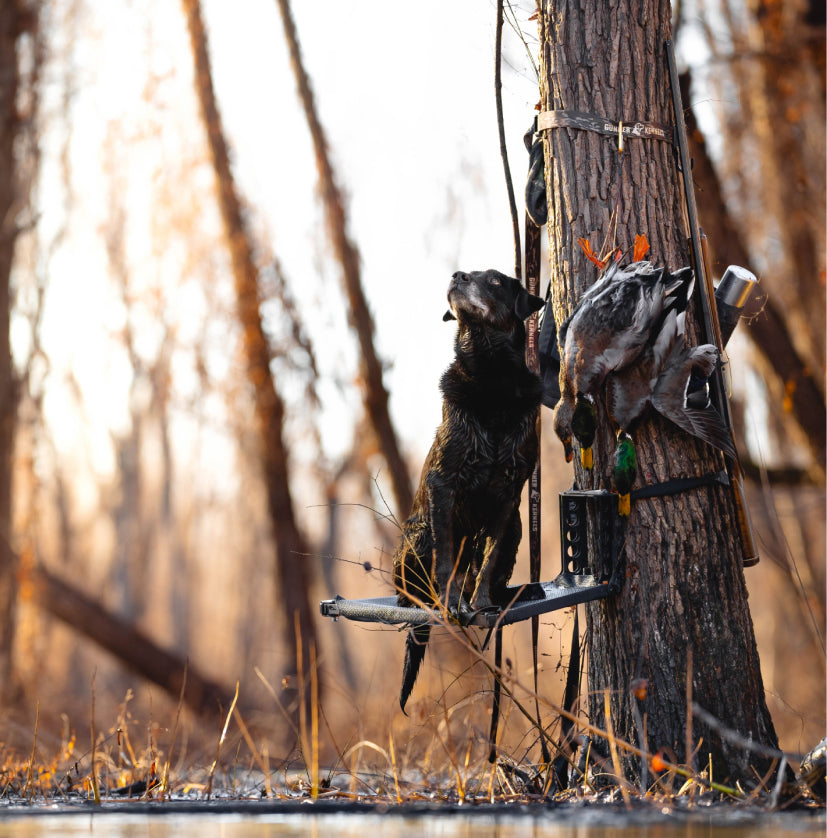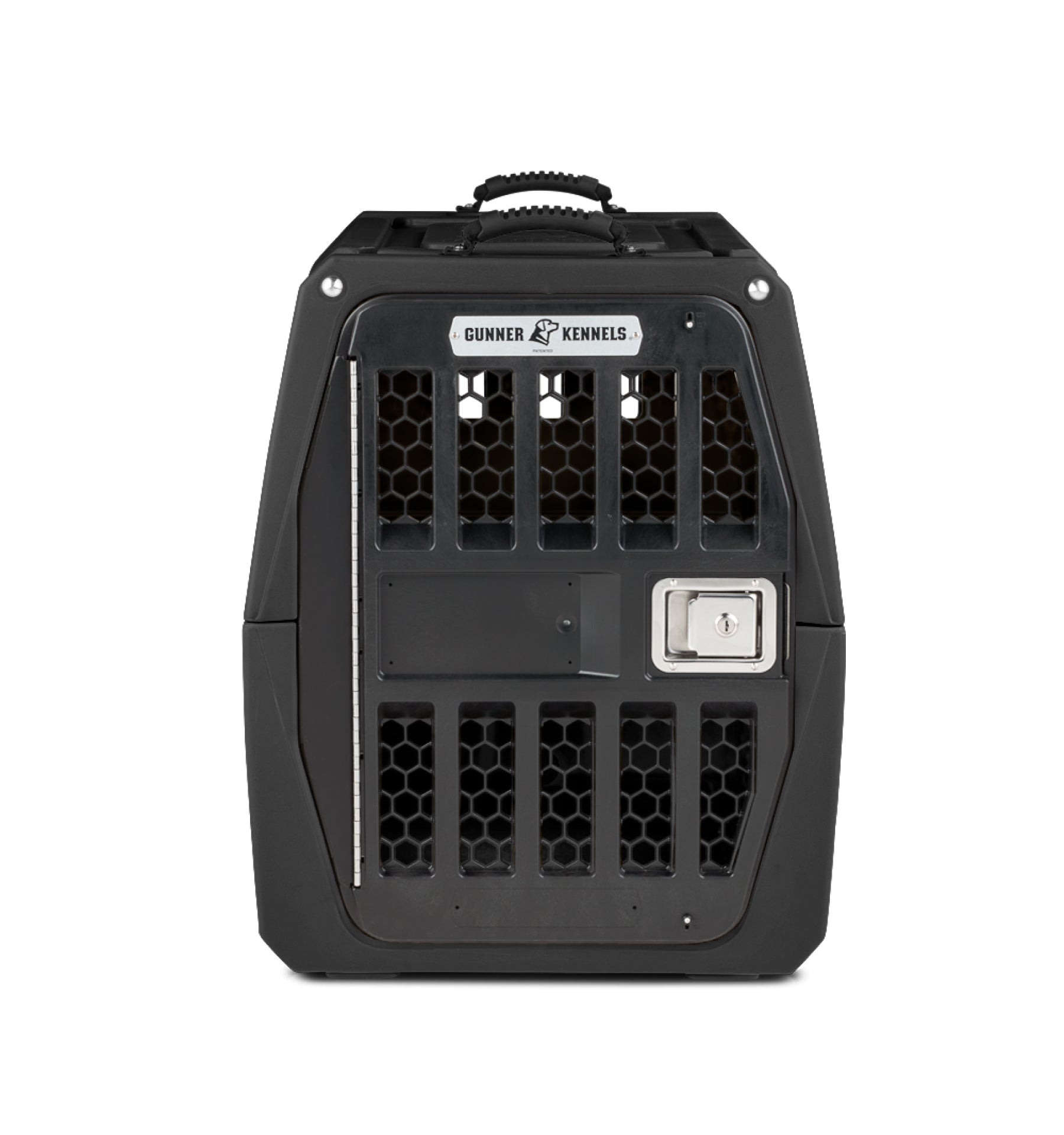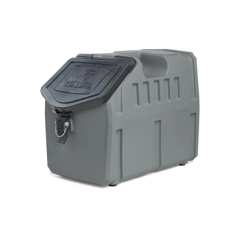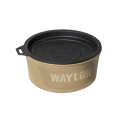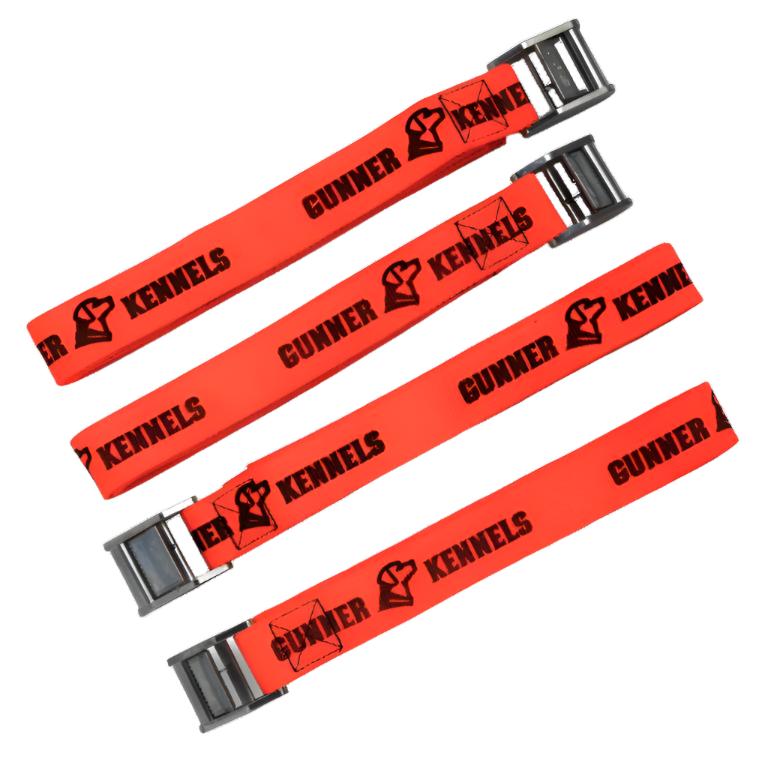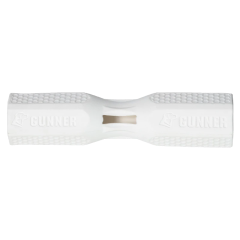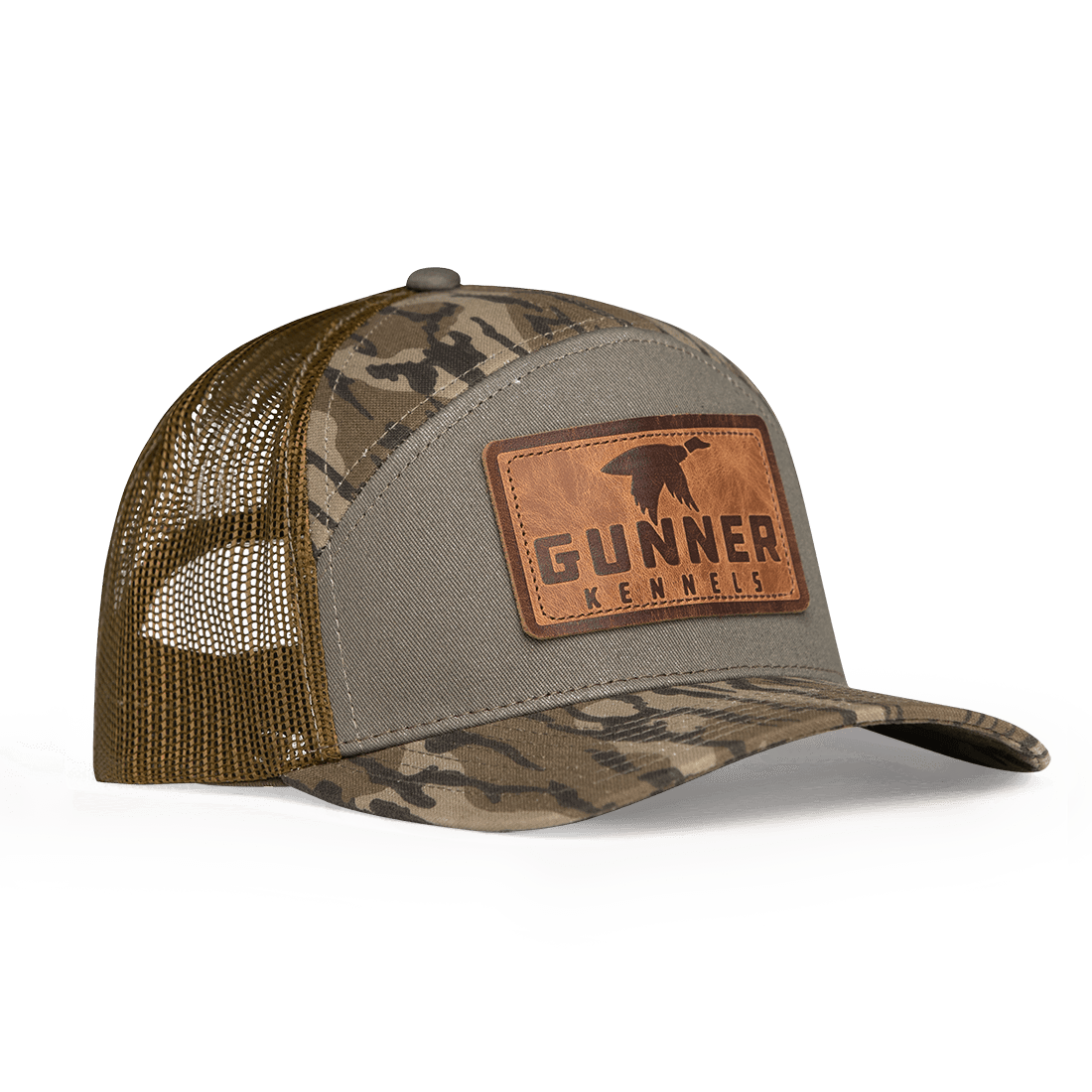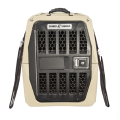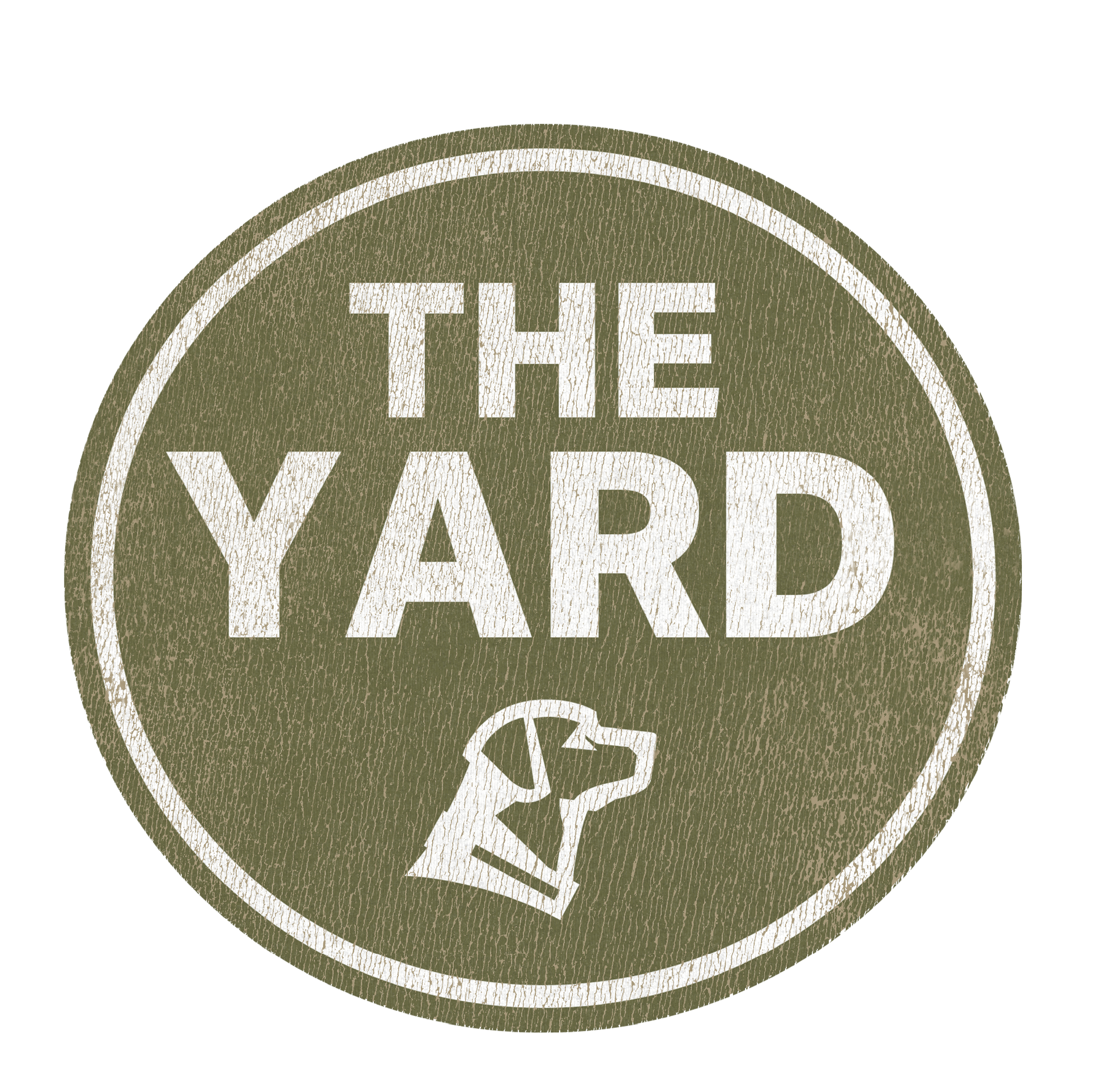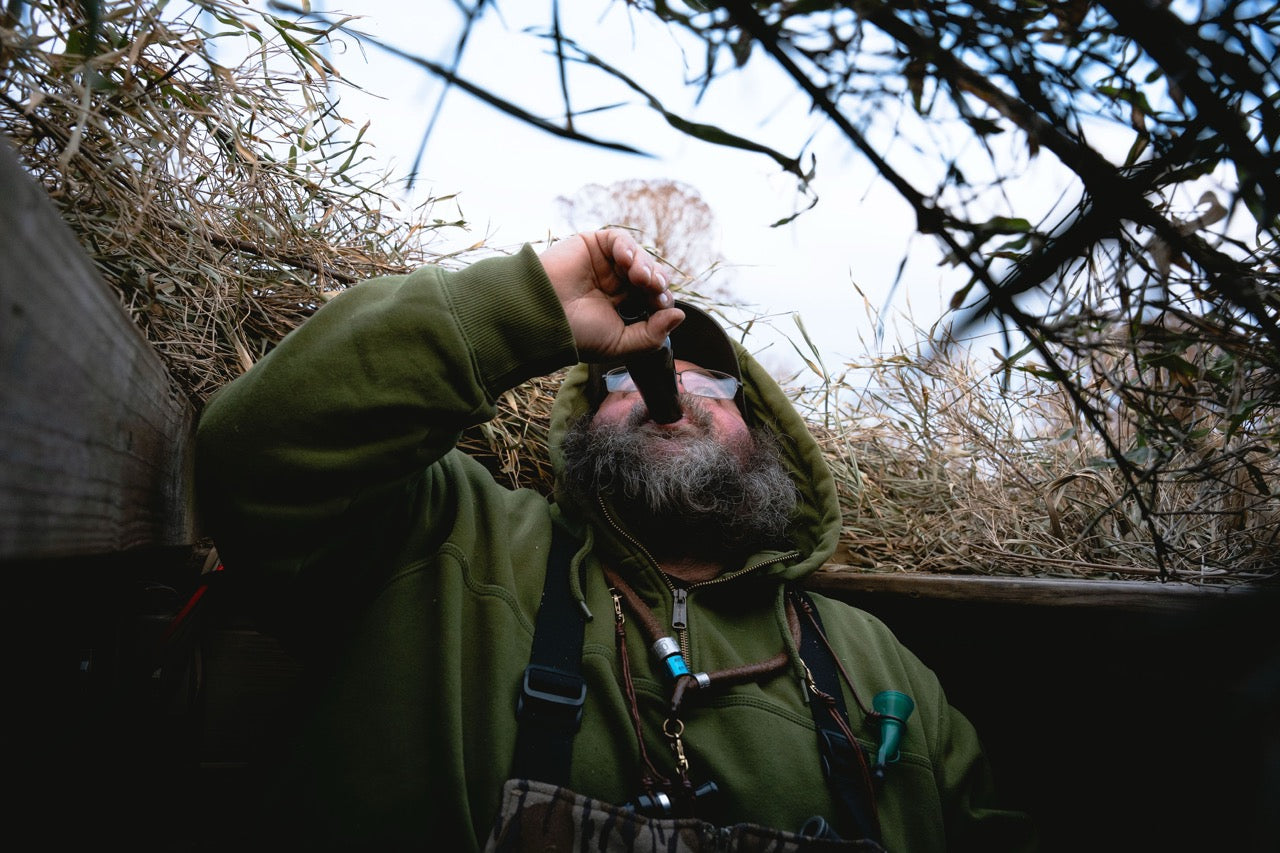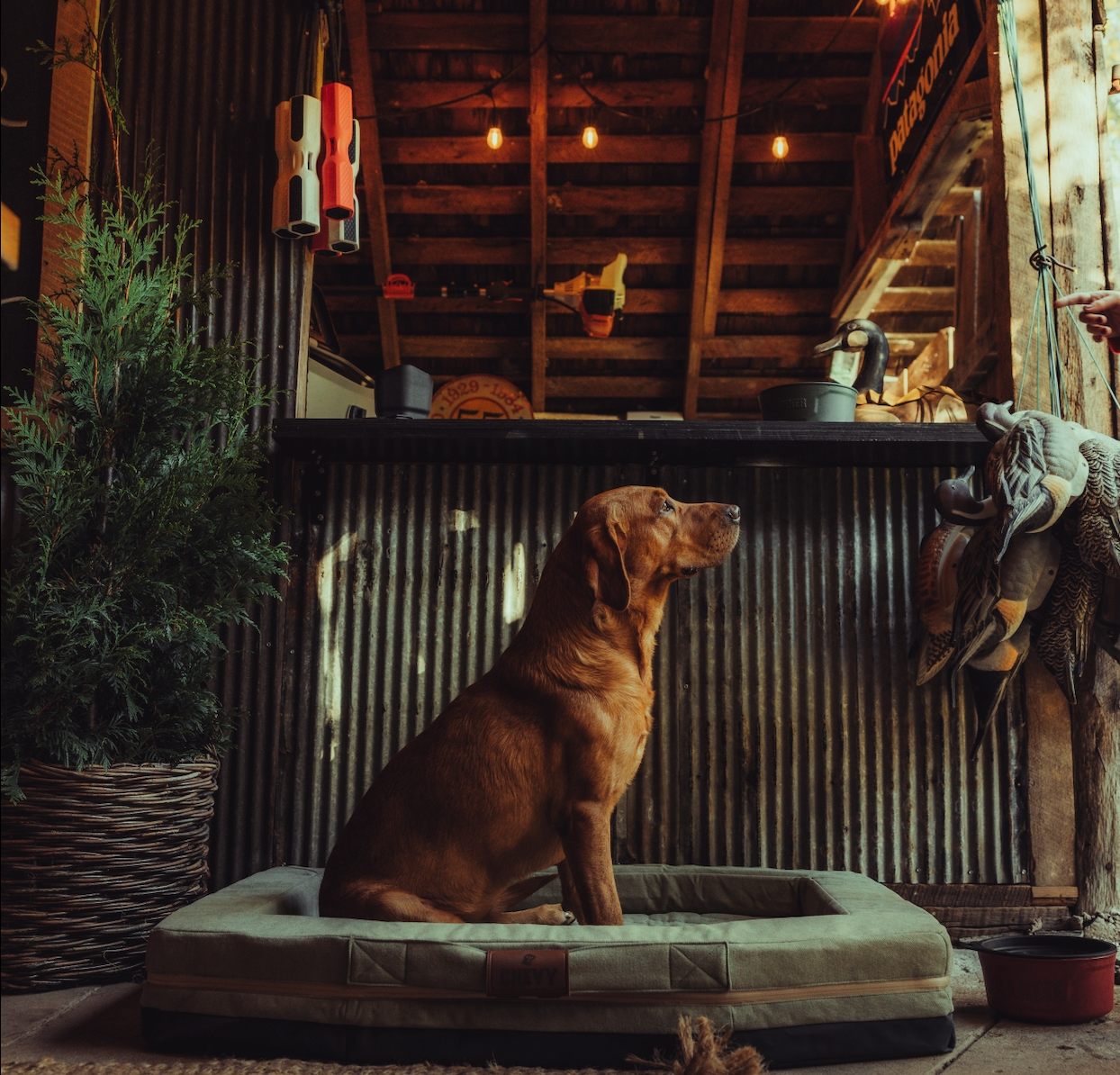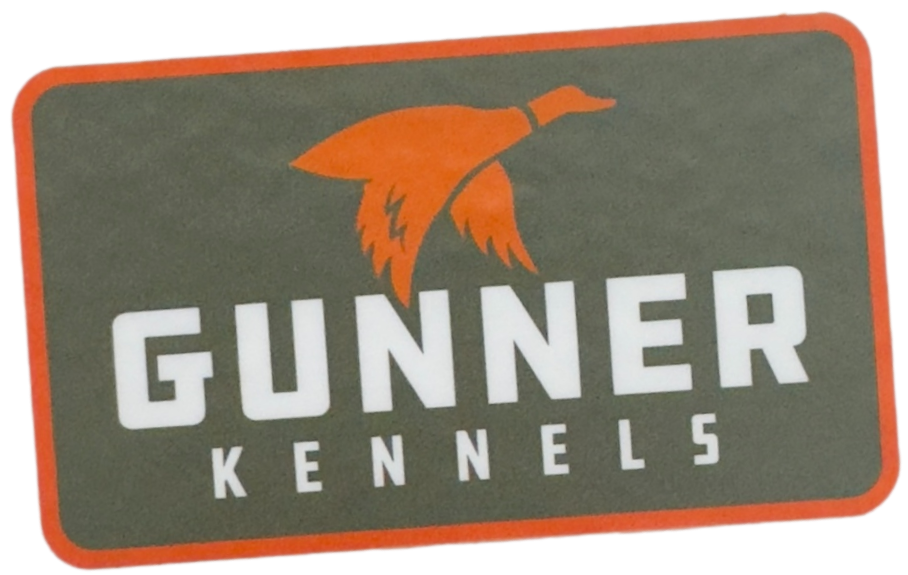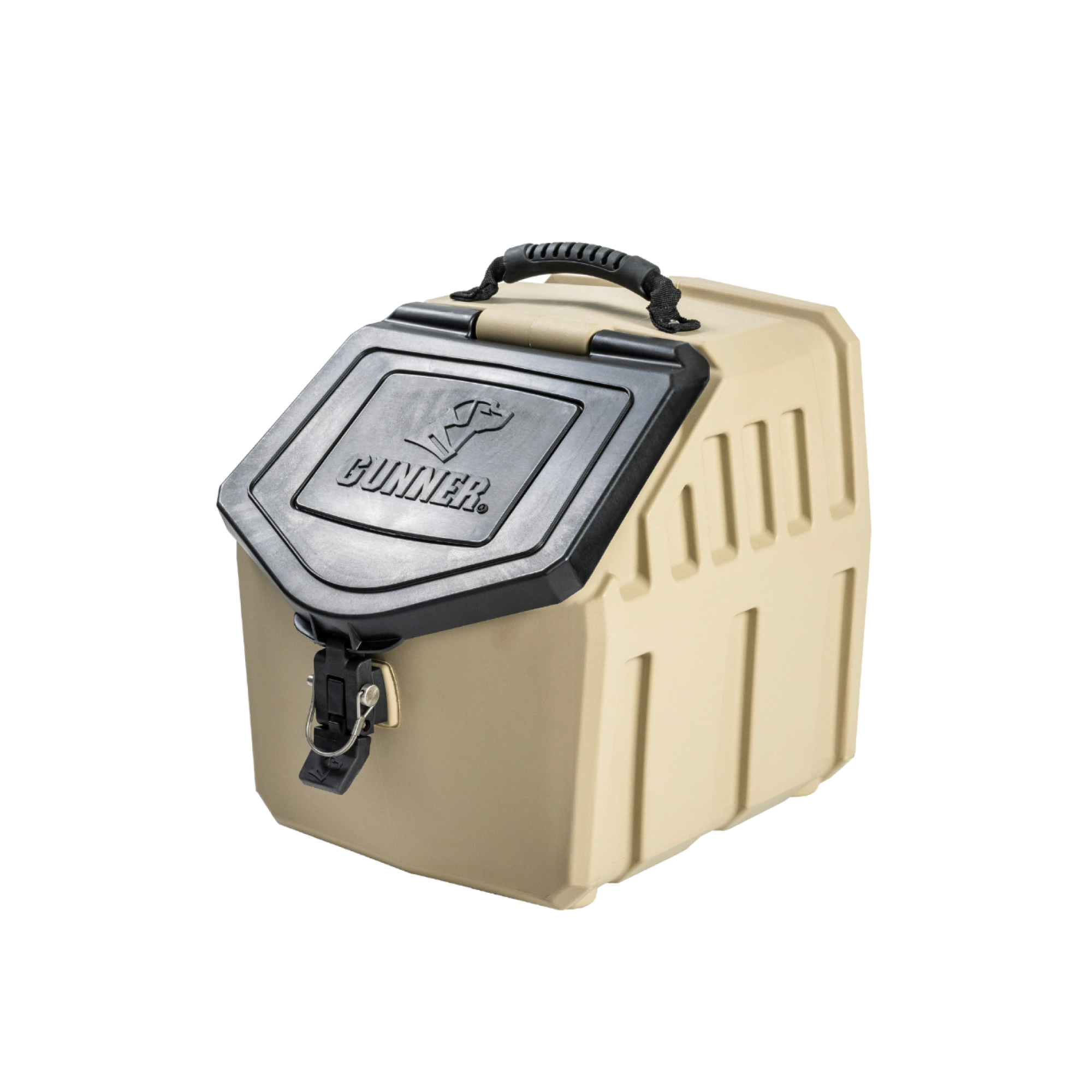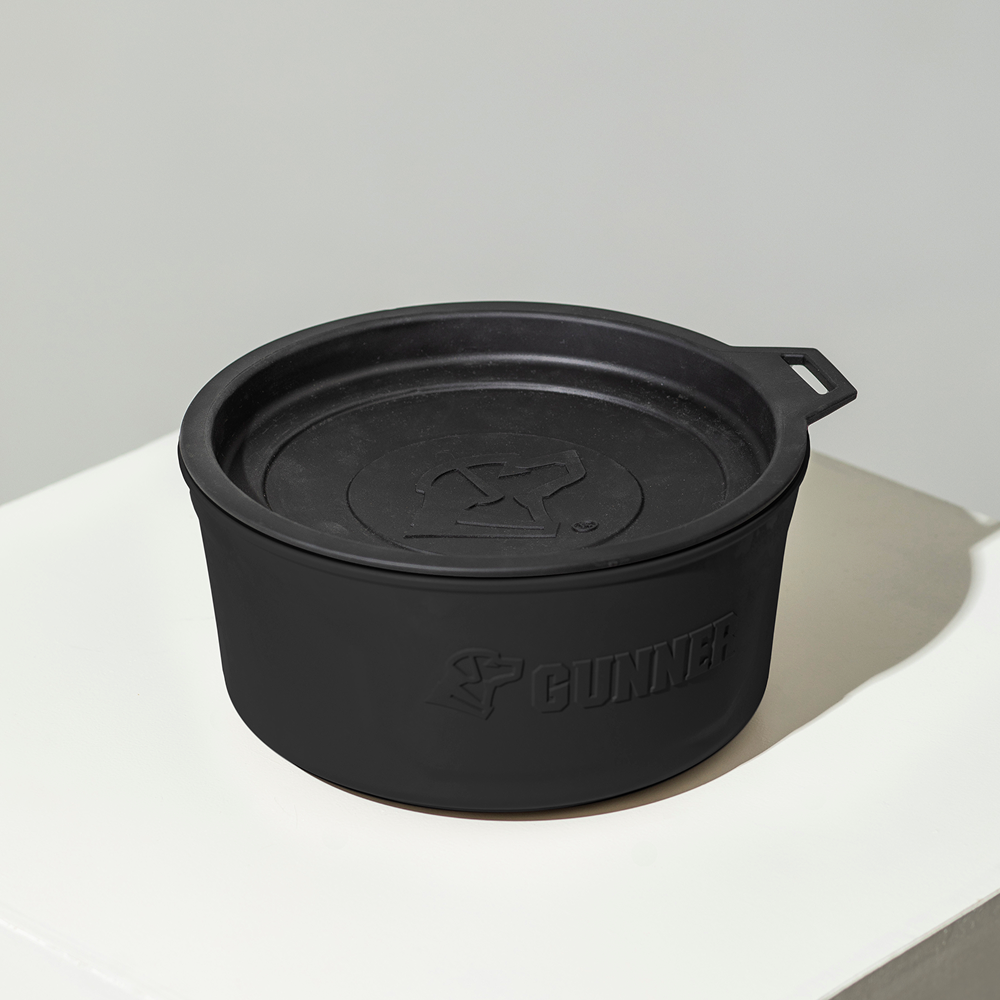Reelfoot is the sixth Flyway Series release from GUNNER, which features limited-edition colors that draw inspiration from iconic destinations and honey holes within the four North American flyways. Limited quantities available. A portion of Reelfoot-edition products proceeds will be donated to the local Ducks Unlimited chapter.
It’s impossible to talk about Reelfoot Lake without talking about Victor Glodo, Jr. and his iconic duck calls. Glodo moved to the Reelfoot Lake area in 1891 and quickly became known as one of the most revered call makers of all time.
We sat down with John Stephens, owner of Rich-N-Tone, and just as notable, J. Stephens Calls. John is a prolific call maker in his own right, and when it came to learning more about Victor Glodo, Jr.’s impact, we knew exactly who to call. John is a wealth of knowledge on the lore of Glodo-style calls, and he was kind enough to share a bit about the history and legacy of Victor Glodo, Jr.
“Why were Victor Glodo, Jr.’s calls so revolutionary?”
As a call maker, one thing that’s really cool to me is that Glodo is the father of checkered duck calls. You see it all the time in people who have done it after him, but he was really the first documented call maker to do it. I think he’s known for that more than his actual style of calls with the wedge block. Once he moved to the Reelfoot area, that’s when his style began to evolve and the distinct checkering really started.
People use the term “Glodo-style call” and “Reelfoot-style call” interchangeably, which can get confusing. The “Glodo” is really referring to the barrel of the call being bored out, but somewhere along the line, people also started associating Glodo calls with Reelfoot calls, which have a metal reed with a wedge block. There’s a crossover there, but there’s not really a right or wrong answer.
Glodo-style calls are made a bit different than a typical duck call. The tone board is pretty much flat and the reed curves up, versus the calls we see today, which have straight reeds and curved tone boards. They also used metal instead of plastic. I don’t know exactly why they chose metal, but my best guess is they might have needed something that could hold the curve, which led them to choose metal.

Call made by Victor Glodo, Jr. from John's personal collection
“How do we still see Glodo’s influence in modern calls?”
Basically, it’s through that checkering. If you look now, the most valuable calls he made were checkered. Even today, a lot of the higher end calls on the market are checkered. That all stems from Glodo. I think that’s an artisan skill that’s been passed down. I make one for J. Stephens, that I checker of course, and it’s modeled after Glodo. It’s in the same pattern as Glodo’s calls, and I call it the “Mr. Vic” in honor of him. It’s cool to see that aspect of his calls is still around.

“What makes Reelfoot style calls so collectible today?”
The whole Reelfoot area played such a big part in waterfowl history because it was a hot spot for duck hunting back in the 1800s and early 1900s. Through that, it produced a lot of call makers– maybe 30 or so from that area off the top of my head.
You have these little pockets across the country where call makers had their own distinct style. So as far as them being collectible, one part of that is the historical side and the unique style, and the other part is, again, Glodo’s signature checkering
A lot of famous call makers learned their craft from the Reelfoot area, and then it kind of exploded. Call makers started traveling and making them commercially, and it’s cool to see how that area progressed call making as a whole.
“When did you first learn about Reelfoot-style calls?”
Growing up, I competed in calling contests, and we’d go up to Reelfoot Lake for regional competitions. The first time I saw they had a Reelfoot-style calling contest, it took me by surprise because I really didn’t think there was a difference. But man, those metal reeds. If you’ve never heard anyone blow them, it’s really high-pitched, like they’re constantly hail calling at every duck they see. It’s the craziest thing to someone who grew up hunting where I did in Arkansas, but I guess it stems from really trying to break ducks, not necessarily mimicking them in a lifelike way. It’s a totally different style with that metal reed, and that’s when I really started to take interest in Reelfoot calls.

“Can you tell us about the first Glodo call you added to your collection?”
It actually wasn’t too terribly long ago. Glodo’s calls in general can be considered among the “holy grail,” and I think all call collectors would like to own at least one. Glodo’s production wasn’t very big, so there aren’t a whole lot of them out there– I would guess less than 20. But four or five years ago, I found a guy selling his collection, and he had a Glodo call in there that I was fortunate enough to acquire.
What made that specific call cool to me is that it had several different owners before me and had been in several collections. These included an owner in Nashville, another call maker in Reelfoot, Victor Glodo Jr. himself (obviously), and a few others mixed in there. The history of it makes it really special to me. One of the collectors owned a car shop, and there is actually a bit of overspray from car paint speckled on the call. While some might think this de-values the call, I kind of like it. It shows me where it's been and adds to the already historic lore of the call. I’m among the few lucky enough to possess one, and mine has many stories to tell.
Giving Back
For every Reelfoot Kennel, Food Crate, or Bowl that our GUNNER customers purchase, we will be giving a portion of proceeds back to the local Ducks Unlimited chapter.

